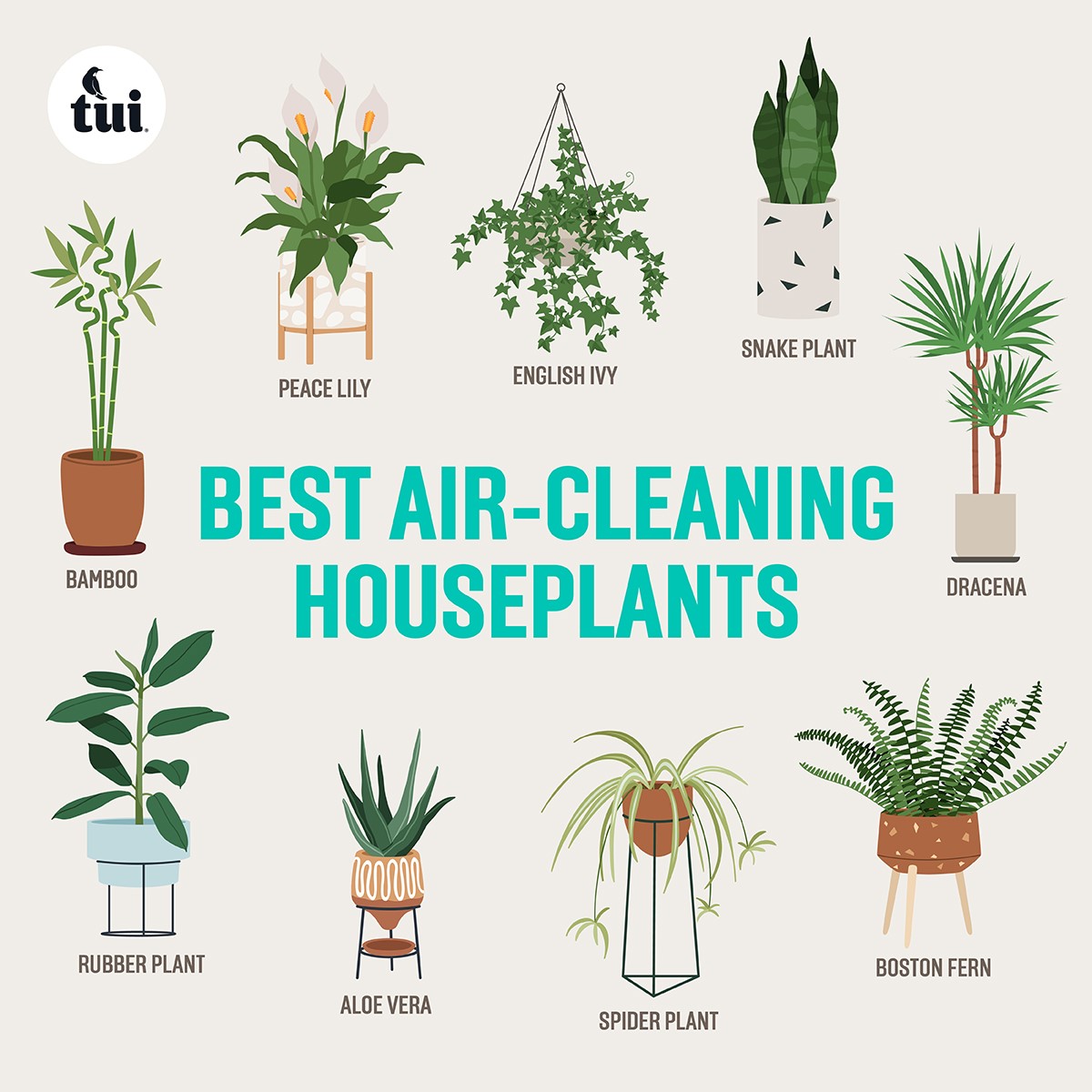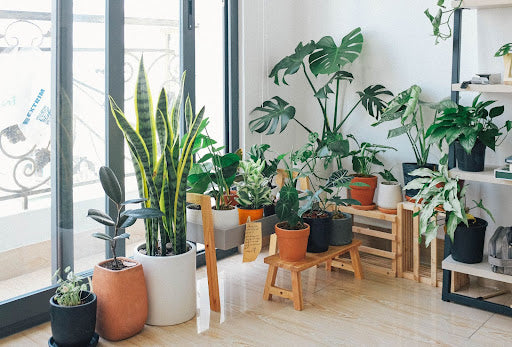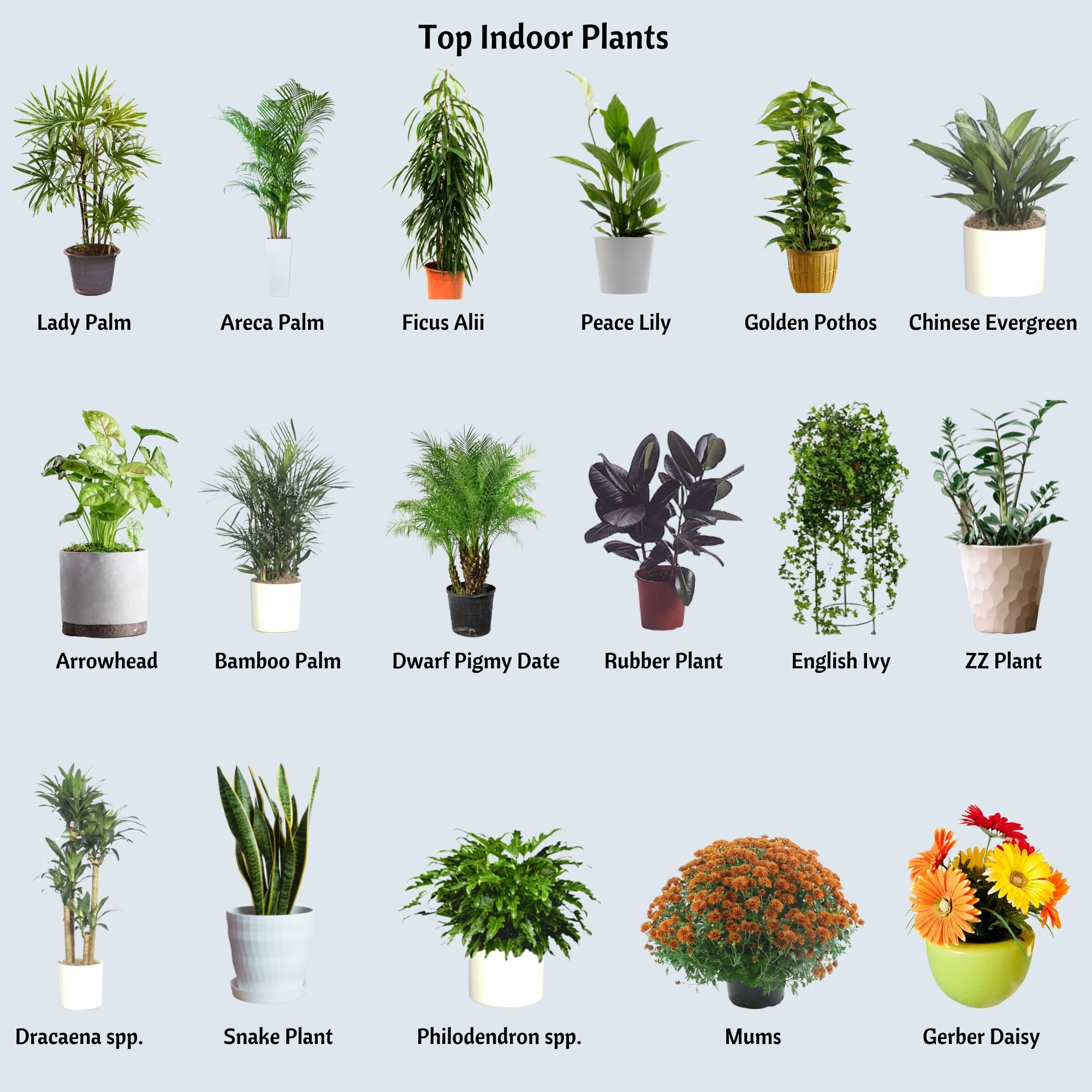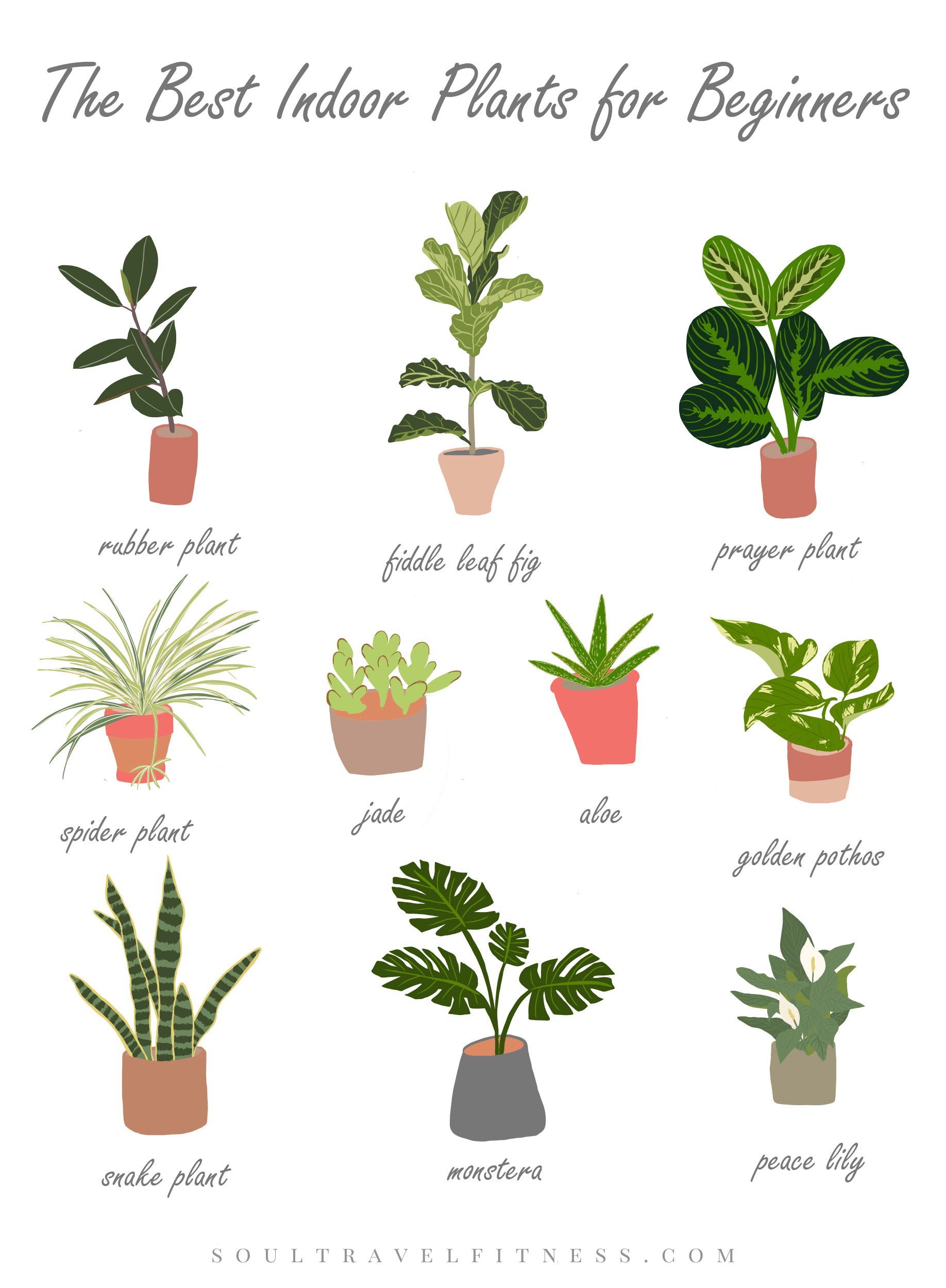Best Air-Purifying Houseplants
Houseplants do more than just brighten up a room, they can also help clean the air in your home. With pollutants from common household items like cleaning products, paints, and furniture, it’s important to have natural air purifiers to keep you and your family healthy. In this article, we’ll explore some of the best air-purifying houseplants that you can incorporate into your home decor.
1. Snake Plant (Sansevieria trifasciata)
The snake plant, also known as mother-in-law’s tongue, is a popular choice for air purification. It’s easy to care for and can thrive in low light conditions, making it perfect for bedrooms or offices. The snake plant is known for its ability to remove toxins like formaldehyde and benzene from the air.
2. Spider Plant (Chlorophytum comosum)
The spider plant is another great option for air purification. It’s easy to care for and produces small white flowers, adding a touch of beauty to your space. Spider plants are known for removing pollutants like formaldehyde and xylene from the air.
3. Peace Lily (Spathiphyllum)
The peace lily is not only a beautiful plant, but it’s also a powerful air purifier. It can remove toxins like ammonia, benzene, and formaldehyde from the air, making it a great addition to any room in your home. The peace lily also produces white flowers, adding a touch of elegance to your decor.
4. Aloe Vera
Aloe vera is not just great for soothing sunburns, it’s also a fantastic air purifier. Aloe vera plants are easy to care for and can remove toxins like formaldehyde and benzene from the air. Plus, they have the added benefit of providing you with a natural healing gel.
5. Boston Fern (Nephrolepis exaltata)
The Boston fern is a lush and beautiful plant that is also a great air purifier. It can remove pollutants like formaldehyde and xylene from the air, making it an excellent choice for improving the air quality in your home. Boston ferns thrive in humid conditions, so be sure to mist them regularly.
6. English Ivy (Hedera helix)
English ivy is a versatile plant that can be grown in hanging baskets, as a ground cover, or in a pot on a shelf. It’s known for its ability to remove toxins like formaldehyde, benzene, and xylene from the air. English ivy is easy to care for and can even help reduce mold in your home.
7. Bamboo Palm (Chamaedorea seifrizii)
The bamboo palm is a tropical plant that can add a touch of greenery to your home while also purifying the air. It can remove toxins like formaldehyde and benzene, making it a healthy addition to your space. Bamboo palms thrive in indirect sunlight and moderate humidity.
8. Rubber Plant (Ficus elastica)
The rubber plant is a hardy plant that can tolerate a variety of conditions, making it a great choice for beginners. It’s known for removing toxins like formaldehyde from the air, improving the air quality in your home. Rubber plants have large, glossy leaves that add a touch of elegance to any room.
9. Areca Palm (Dypsis lutescens)
The areca palm, also known as the butterfly palm, is a popular choice for purifying the air in your home. It can remove pollutants like formaldehyde and xylene, improving the overall air quality. Areca palms thrive in bright, indirect sunlight and can add a tropical feel to your space.
10. Dracaena (Dracaena spp.)
Dracaena plants come in a variety of shapes, sizes, and colors, making them a versatile choice for air purification. They can remove toxins like formaldehyde, benzene, and xylene from the air, keeping your home healthy and clean. Dracaenas are easy to care for and can thrive in a variety of light conditions.
By incorporating some of these air-purifying houseplants into your home decor, you can improve the air quality and create a healthier living environment for you and your family. Not only do these plants clean the air, but they also add a touch of beauty and tranquility to your space. So why not bring a little piece of nature indoors and reap the benefits of these amazing plants?



